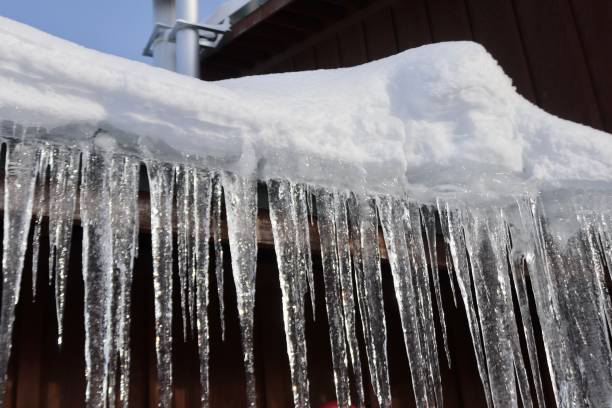How do you feel in relation to Winter Plumbing Precautions: Preventing Frozen Pipes?

Cold weather can wreak havoc on your pipes, specifically by freezing pipelines. Here's how to stop it from taking place and what to do if it does.
Introduction
As temperatures decline, the threat of frozen pipes rises, potentially leading to pricey repair services and water damage. Recognizing exactly how to avoid icy pipes is critical for property owners in chilly environments.
Prevention Tips
Protecting at risk pipes
Wrap pipes in insulation sleeves or make use of heat tape to safeguard them from freezing temperatures. Concentrate on pipes in unheated or external areas of the home.
Home heating methods
Maintain indoor areas appropriately warmed, especially locations with pipes. Open up cabinet doors to allow warm air to flow around pipelines under sinks.
Just how to identify frozen pipes
Search for reduced water flow from faucets, unusual odors or noises from pipes, and visible frost on revealed pipelines.
Long-Term Solutions
Architectural changes
Take into consideration rerouting pipelines away from exterior walls or unheated locations. Include additional insulation to attics, cellars, and crawl spaces.
Upgrading insulation
Invest in top quality insulation for pipes, attic rooms, and walls. Proper insulation aids preserve consistent temperature levels and minimizes the threat of frozen pipelines.
Securing Outdoor Pipes
Garden tubes and outdoor faucets
Separate and drain yard hose pipes prior to winter. Set up frost-proof faucets or cover outdoor faucets with protected caps.
Recognizing Frozen Pipes
What triggers pipelines to ice up?
Pipes freeze when subjected to temperature levels listed below 32 ° F (0 ° C) for extended periods. As water inside the pipes freezes, it expands, putting pressure on the pipe walls and potentially creating them to rupture.
Dangers and problems
Icy pipes can lead to water supply disruptions, home damages, and costly repair services. Ruptured pipelines can flood homes and trigger extensive architectural damage.
Indications of Frozen Water Lines
Determining icy pipes early can prevent them from breaking.
What to Do If Your Pipelines Freeze
Immediate actions to take
If you suspect icy pipes, maintain taps open to alleviate pressure as the ice thaws. Utilize a hairdryer or towels soaked in warm water to thaw pipes slowly.
Conclusion
Stopping icy pipes needs aggressive procedures and fast actions. By comprehending the causes, indicators, and preventive measures, house owners can secure their pipes throughout cold weather.
5 Ways to Prevent Frozen Pipes
Drain Outdoor Faucets and Disconnect Hoses
First, close the shut-off valve that controls the flow of water in the pipe to your outdoor faucet. Then, head outside to disconnect and drain your hose and open the outdoor faucet to allow the water to completely drain out of the line. Turn off the faucet when done. Finally, head back to the shut-off valve and drain the remaining water inside the pipe into a bucket or container. Additionally, if you have a home irrigation system, you should consider hiring an expert to clear the system of water each year.
Insulate Pipes
One of the best and most cost-effective methods for preventing frozen water pipes is to wrap your pipes with insulation. This is especially important for areas in your home that aren’t exposed to heat, such as an attic. We suggest using foam sleeves, which can typically be found at your local hardware store.
Keep Heat Running at 65
Your pipes are located inside your walls, and the temperature there is much colder than the rest of the house. To prevent your pipes from freezing, The Insurance Information Institute suggests that you keep your home heated to at least 65 degrees, even when traveling. You may want to invest in smart devices that can keep an eye on the temperature in your home while you’re away.
Leave Water Dripping
Moving water — even a small trickle — can prevent ice from forming inside your pipes. When freezing temps are imminent, start a drip of water from all faucets that serve exposed pipes. Leaving a few faucets running will also help relieve pressure inside the pipes and help prevent a rupture if the water inside freezes.
Open Cupboard Doors
Warm your kitchen and bathroom pipes by opening cupboards and vanities. You should also leave your interior doors ajar to help warm air circulate evenly throughout your home.

We had been made aware of that report on Helpful Tips to Prevent Frozen Pipes this Winter from a friend on our other website. Are you aware of another individual who is in to the niche? Take a moment to share it. Bless you for being here. Revisit us soon.
Hire A Pro